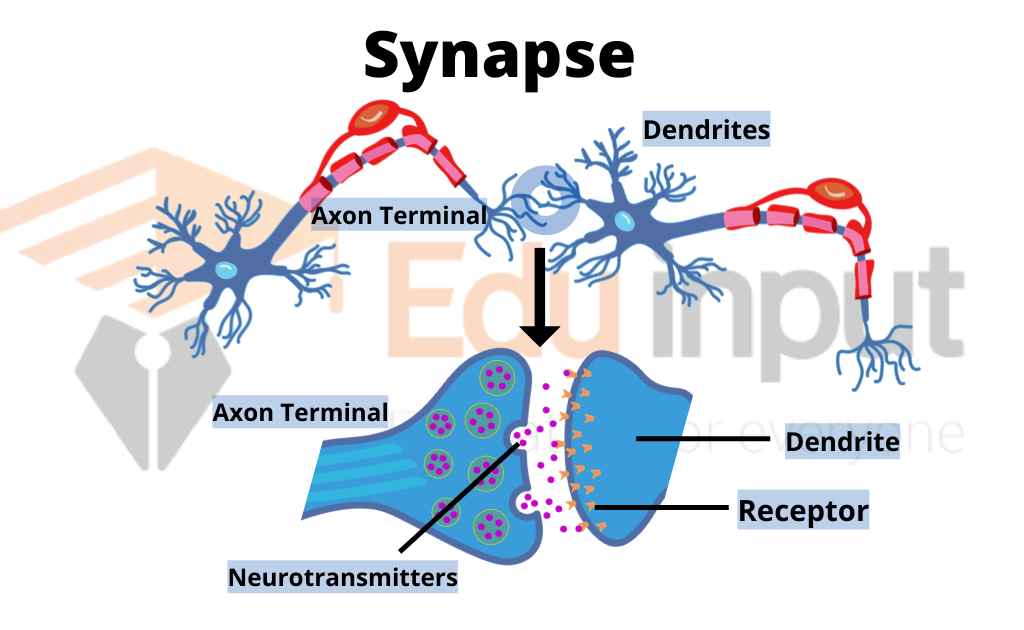What is Thyroid Gland?-Definition and Their Evolution
The thyroid gland is located at the base of the neck, behind the windpipe (trachea). It produces hormones that regulate metabolism and other vital functions. Thyroid problems can cause serious health issues.
The thyroid gland plays a critical role in regulating metabolism and maintaining homeostasis. When functioning properly, it helps control the rate of energy production within the body.
Evolution Of Thyroid Gland
The thyroid gland in the earliest vertebrates evolved from a pouch-like structure called endostyle. Endostyle is present in the front end of the digestive tract. It carries food particles. The thyroid gland is present in the neck on the ventral side of the pharynx in all vertebrates. It is evidence of this evolution.
There are two hypotheses about the evolution of the thyroid gland:
Thyroid Gland Hypothesis
One hypothesis explains the evolution of the thyroid gland. It shows that the developing pouch lost all connection with the pharynx. It became independent from the digestive functionally and structurally. Thus a new structure was formed from an ancestral structure.
It has a different function. The shape of the thyroid varies among vertebrates. It may be a single structure like in many fishes, reptiles, and some mammals. Or it may have many lobes. This gland produces thyroxine (T4) and triiodothyronine (T3). These hormones control the rate of metabolism, growth, and tissue differentiation in vertebrates.
Role Of Thyroid Hormones In Amphibians
The hormones thyroxine and triiodothyronine are the same hormones in different vertebrates. But they regulate different processes in different vertebrates. Thyroxine and triiodothyronine regulate metabolism in most animals. But they play an additional role in metamorphosis in amphibians.
The change in the concentrations of three hormones, prolactin, thyroxine, and triiodothyronine control metamorphosis in the frog. Low thyroxine and triiodothyronine and high prolactin concentrations in young tadpoles stimulate larval growth. It prevents metamorphosis.
The growing tadpole develops the hypothalamus and pituitary glands. The hypothalamus releases the thyroid-stimulating hormone and prolactin inhibiting hormone. These hormones stimulate the pituitary gland to release thyroid stimulating hormone. It stops the production of prolactin.
Therefore, the concentrations of thyroxine and triiodothyronine rise. It starts metamorphosis. The tail is reabsorbed and other metamorphic changes take place.






Leave a Reply